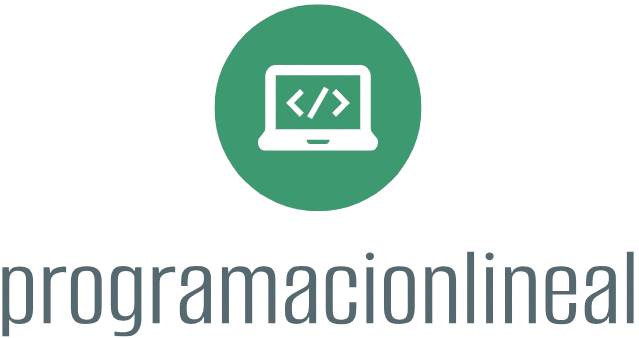Cascading Style Sheets (CSS) is essential for designing visually appealing and responsive web pages. Mastering CSS involves understanding both foundational concepts and advanced techniques. Here’s a comprehensive guide to help you master CSS for modern web design.
1. Understand the Basics
1.1 CSS Syntax
- Selectors: Target HTML elements.
- Properties: Define styles for the selected elements.
- Values: Specify the settings for the properties.
Example:
css
Copy code
/* Selector: h1, Property: color, Value: blue */ h1 { color: blue; }
1.2 Box Model
- Content: The actual content of the box.
- Padding: Space between content and border.
- Border: The border surrounding the padding.
- Margin: Space outside the border.
Example:
css
Copy code
/* Box Model */ div { padding: 10px; border: 1px solid black; margin: 15px; }
2. Learn Advanced Layout Techniques
2.1 Flexbox
- Overview: A layout module designed to distribute space and align items in a container.
- Key Properties: display: flex;, justify-content, align-items, flex-direction.
Example:
css
Copy code
.container { display: flex; justify-content: space-between; } .item { flex: 1; }
2.2 Grid Layout
- Overview: A two-dimensional layout system that allows you to create complex layouts with rows and columns.
- Key Properties: display: grid;, grid-template-rows, grid-template-columns, grid-area.
Example:
css
Copy code
.container { display: grid; grid-template-columns: repeat(3, 1fr); gap: 10px; } .item { grid-column: span 2; }
3. Responsive Design
3.1 Media Queries
- Overview: Techniques for applying styles based on the viewport’s size or device characteristics.
- Key Properties: @media, max-width, min-width.
Example:
css
Copy code
/* Media Query for devices with a max-width of 600px */ @media (max-width: 600px) { .container { flex-direction: column; } }
3.2 Mobile-First Design
- Overview: Designing for smaller screens first and progressively adding styles for larger screens.
- Key Practices: Start with base styles for mobile and use media queries to enhance design for larger devices.
Example:
css
Copy code
/* Mobile First */ .container { display: block; } /* Larger Devices */ @media (min-width: 768px) { .container { display: flex; } }
4. CSS Variables
- Overview: Custom properties that make it easier to manage and reuse values throughout your stylesheets.
- Key Properties: –variable-name, var(–variable-name).
Example:
css
Copy code
:root { –primary-color: #3498db; } .button { background-color: var(–primary-color); }
5. Animations and Transitions
5.1 CSS Transitions
- Overview: Smoothly transition between property values.
- Key Properties: transition, transition-property, transition-duration, transition-timing-function.
Example:
css
Copy code
.button { background-color: #3498db; transition: background-color 0.3s ease; } .button:hover { background-color: #2980b9; }
5.2 CSS Animations
- Overview: Keyframe animations to create complex animations.
- Key Properties: @keyframes, animation, animation-name, animation-duration.
Example:
css
Copy code
@keyframes slide { from { transform: translateX(-100%); } to { transform: translateX(0); } } .slide-in { animation: slide 0.5s ease-in-out; }
6. Optimize CSS for Performance
- 6.1 Minification: Reduce the size of your CSS files by removing unnecessary characters.
- 6.2 Combining Files: Combine multiple CSS files into one to reduce HTTP requests.
- 6.3 Critical CSS: Load essential CSS first to improve perceived load times.
7. Best Practices and Tools
7.1 CSS Preprocessors
- Overview: Tools like Sass or LESS that extend CSS with variables, nesting, and more.
- Key Features: Variables, mixins, nesting, partials.
Example (Sass):
scss
Copy code
$primary-color: #3498db; .button { background-color: $primary-color; }
7.2 CSS Frameworks
- Overview: Frameworks like Bootstrap or Tailwind CSS that provide pre-designed components and utilities.
- Benefits: Speed up development and ensure consistency.
Example (Bootstrap):
html
Copy code
<button class=”btn btn-primary”>Click Me</button>
8. Debugging and Tools
- 8.1 Browser DevTools: Inspect and modify CSS in real-time using browser developer tools.
- 8.2 CSS Linters: Tools like Stylelint help enforce coding standards and catch errors.
- 8.3 Online Resources: Utilize resources like MDN Web Docs, CSS-Tricks, and CodePen for learning and inspiration.
Conclusion
Mastering CSS for modern web design involves understanding the basics, leveraging advanced layout techniques like Flexbox and Grid, implementing responsive design practices, and optimizing your code for performance. By utilizing CSS variables, animations, and preprocessors, and staying updated with best practices and tools, you can create visually stunning and highly functional web designs.











